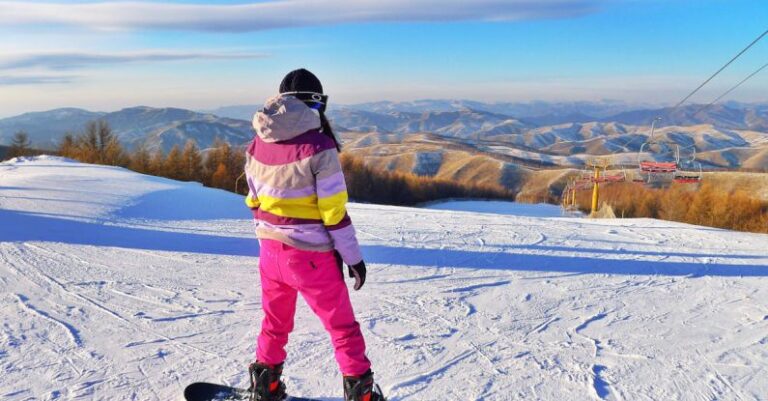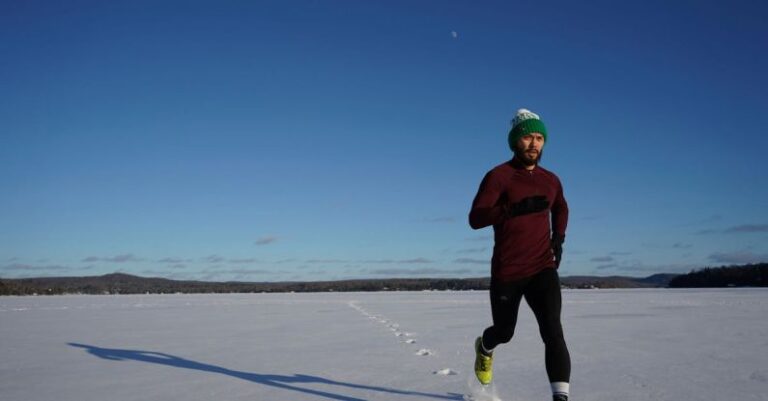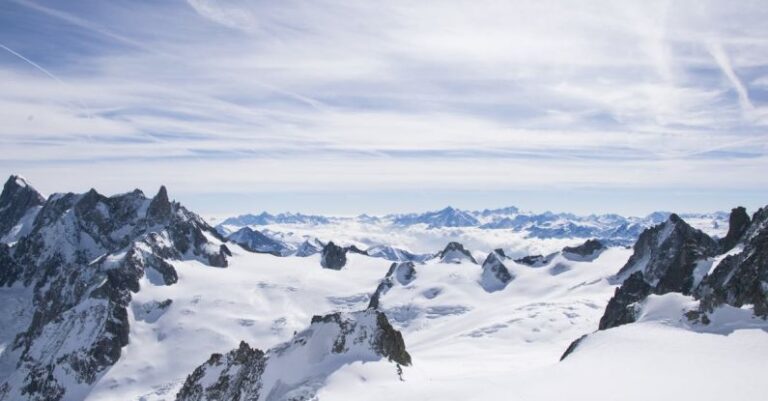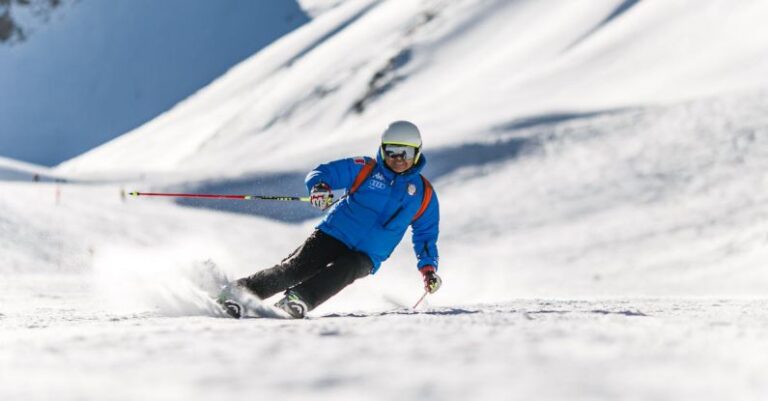
**How to Avoid Ski-related Injuries?**
Skiing is an exhilarating winter sport that offers an adrenaline rush like no other. The feeling of gliding down a snowy slope with the wind in your face is truly unbeatable. However, along with the thrill of skiing comes the risk of injuries. While some injuries are inevitable in a sport like skiing, there are steps you can take to reduce the risk and stay safe on the slopes.
**Warm Up Before Hitting the Slopes**
Before you strap on your skis and head down the mountain, it’s essential to warm up your muscles and joints. Skiing is a physically demanding sport that requires a combination of strength, balance, and flexibility. A proper warm-up routine can help prepare your body for the challenges ahead and reduce the risk of injuries. Spend a few minutes doing dynamic stretches and exercises to get your blood flowing and loosen up your muscles.
**Wear the Right Gear**
One of the most important ways to prevent ski-related injuries is by wearing the right gear. A properly fitting helmet is a must-have to protect your head in case of a fall or collision. Additionally, make sure your ski boots fit well and provide adequate support for your ankles and feet. Wearing layers of moisture-wicking clothing can help regulate your body temperature and keep you comfortable throughout the day.
**Take Lessons from a Professional**
Even if you consider yourself an experienced skier, taking lessons from a professional instructor can be beneficial. An instructor can help you improve your technique, learn proper safety measures, and navigate challenging terrain more effectively. They can also provide valuable feedback on your form and offer tips for avoiding common skiing mistakes that can lead to injuries.
**Stay Hydrated and Fueled**
Skiing is a physically demanding activity that can quickly deplete your energy levels. To stay safe on the slopes, it’s crucial to stay hydrated and fueled throughout the day. Pack snacks high in protein and complex carbohydrates to keep your energy levels up and prevent fatigue. Drink plenty of water to stay hydrated, especially at higher altitudes where dehydration can occur more rapidly.
**Know Your Limits**
While it’s tempting to push yourself to try new tricks or tackle difficult slopes, it’s essential to know your limits and ski within your abilities. Overestimating your skills can lead to accidents and injuries that could have been avoided by sticking to terrain that matches your skill level. Listen to your body and take breaks when needed to prevent fatigue and reduce the risk of making mistakes due to exhaustion.
**Avoid Skiing Under the Influence**
Skiing under the influence of alcohol or drugs is not only dangerous but also illegal in most ski resorts. Impaired judgment and coordination can increase the likelihood of accidents and injuries on the slopes. If you plan to enjoy après-ski drinks, do so responsibly and avoid skiing while under the influence. Be mindful of your alcohol consumption and always prioritize your safety and the safety of others on the mountain.
**Conclusion: Stay Safe and Have Fun**
In conclusion, skiing is a thrilling winter sport that offers a unique combination of excitement and physical challenge. While injuries are a risk inherent in skiing, taking precautions and following safety guidelines can help reduce the likelihood of accidents on the slopes. By warming up before skiing, wearing the right gear, taking lessons, staying hydrated, knowing your limits, and avoiding skiing under the influence, you can enjoy a safe and memorable skiing experience. Remember to prioritize safety, stay aware of your surroundings, and have fun on the slopes this winter!





